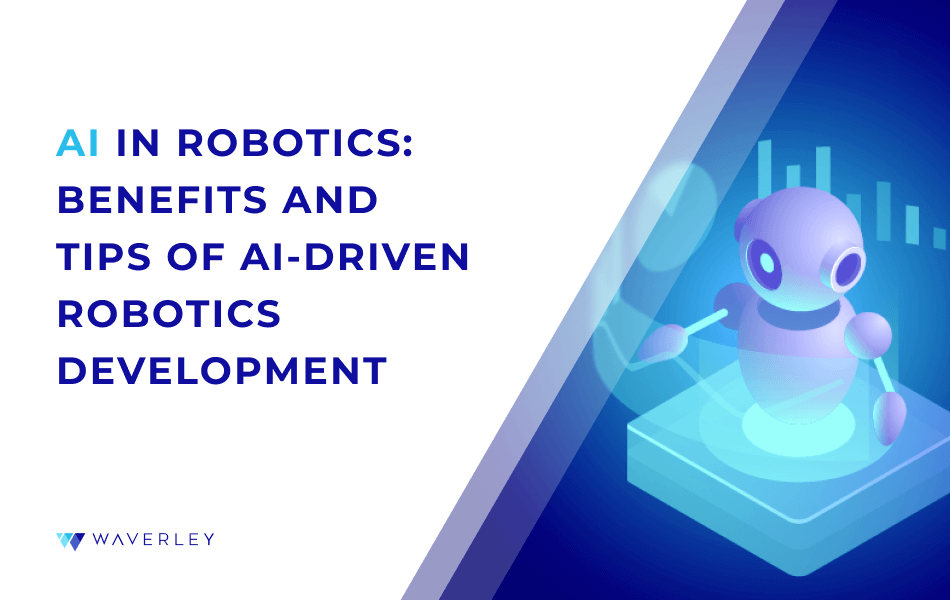20251GTY3: Personal AI Robot
Personal AI Robot

Brief Introduction & Functionality
The Personal AI Robot is an advanced, interactive assistant that leverages artificial intelligence to help users manage daily activities, automate tasks, and provide personalized support. Designed for both home and professional environments, it integrates voice recognition, smart home control, and mobile connectivity within a movable robotic body.
Applications
- Personal Productivity Assistant
- Home Automation Manager
- Educational Companion for Children and Elderly
- Entertainment and Social Engagement
- Accessibility Aid for Users with Disabilities
Working Principle
The Personal AI Robot is engineered for seamless real-world interaction and smart task management through a highly integrated hardware-software system.
1. Main Controller and Structure
- Utilizes an advanced microcontroller or embedded computing platform (e.g., Raspberry Pi, Jetson Nano), running AI models for speech, vision, and behavior.
- Housed in a custom-designed enclosure—either 3D printed or manufactured—for safe, robust operation. Modular designs allow user customization.
2. Sensory & Output Systems
- Equipped with cameras (for face/object recognition, navigation), microphones (for voice commands), and speakers (for audio replies).
- Features a touchscreen display or LED indicators for information output and manual control.
3. Mobility & Manipulation
- Mobile base with wheels or tracked system allows the robot to move around spaces autonomously.
- Optional arms/actuators enable simple tasks like fetching items or interacting with objects.
4. Power Supply
- Rechargeable lithium-ion battery pack with onboard charging circuits.
- Power management systems monitor battery health and alert users.
5. Connectivity & Integration
- Wi-Fi and Bluetooth support for smart home device integration, cloud communication, and software updates.
- Capable of connecting to external sensors and IoT devices.
6. Programming and Control
- Runs firmware/software that enables voice-based, touchscreen, and app-based interaction.
- Supports third-party app integration and continuous learning from user feedback.
- Self-updating with routine software enhancements.
Flow Chart of the Fabrication Steps
- CAD Design: Creating the robot enclosure and body parts.
- Hardware Integration: Assembling sensors, controllers, and actuators.
- PCB Development: Designing and fabricating control and interface boards.
- Robot Assembly: Mechanical and electronic sub-assembly.
- Software Development: Installing and testing core AI features.
- Testing & Debugging: Iterative validation and problem-solving for all functions.
- Final Adjustment & Enclosure: Final assembly and performance verification.

SOME USEFUL RESOURCES
https://litslink.com/blog/create-ai-assistant


SKILL REQUIRED
- PCB Milling (2 Hrs, 200 Pts)
- Manual Soldering (1 Hr, 100 Pts)
- Electronic Testing (1 Hr, 100 Pts)
- Circuit Simulation (1 Hr, 100 Pts)
- 3D Printing FDM (2 Hrs, 200 Pts)
- 3D Printing SLA (2 Hrs, 200 Pts)
- Computer Aided Design (CAD) (2 Hrs, 200 Pts)
- ESP32 Programming (1 Hr, 100 Pts)
- Arduino Programming (1 Hr, 100 Pts)

